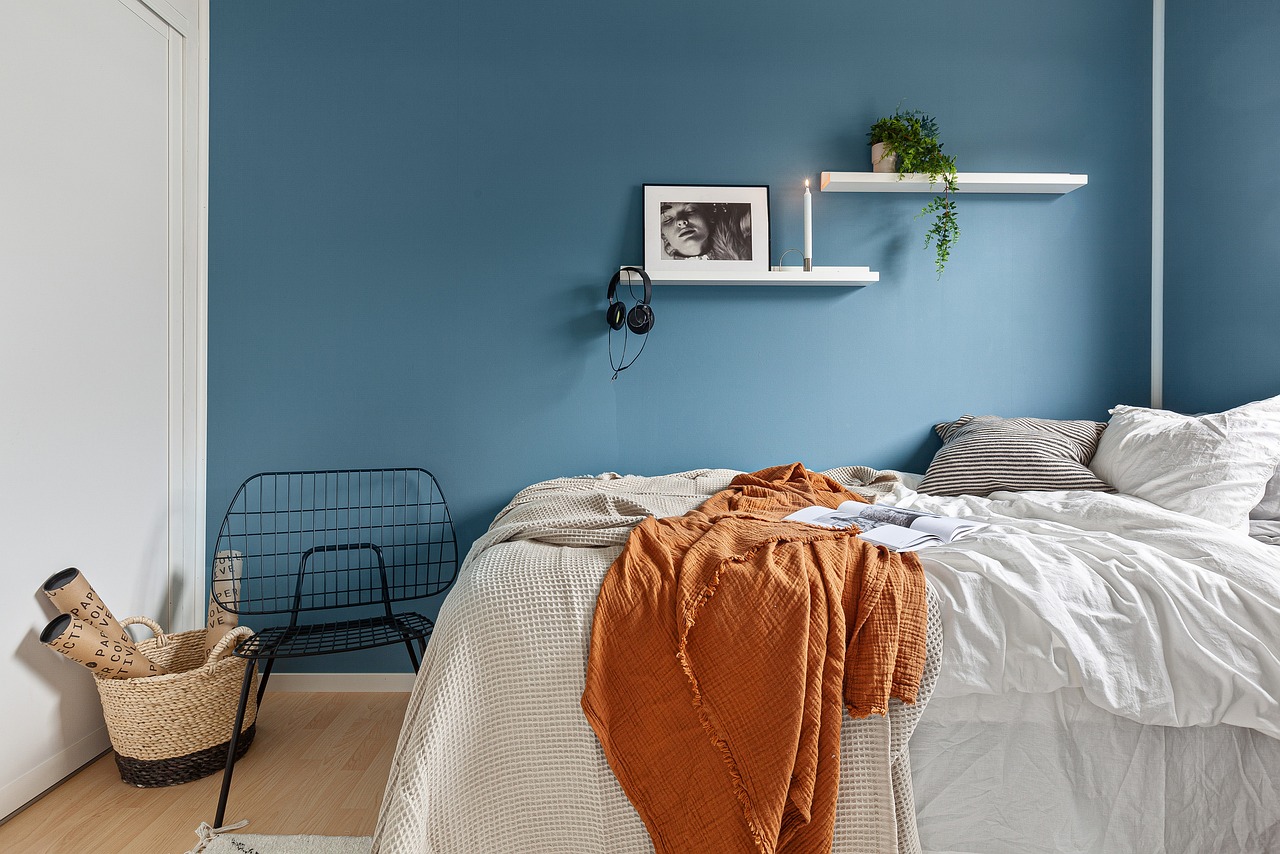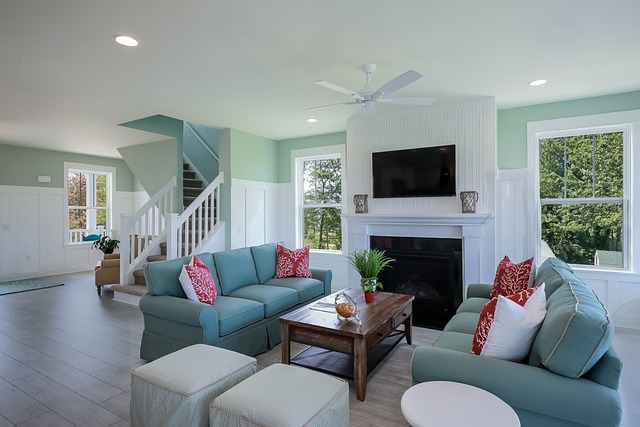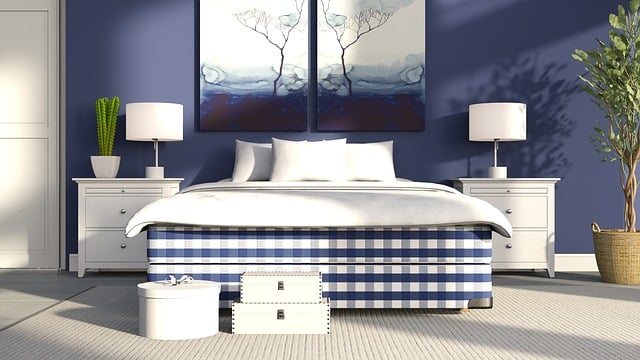A good night’s sleep is essential for your overall health and well-being, and one of the often-overlooked factors that influence sleep quality is bedroom color.
The colors surrounding you can significantly impact your mood, relaxation levels, and sleep patterns.
Choosing the right color combination for your bedroom can create a soothing atmosphere that promotes restful sleep.
In this article, we will walk you through the best bedroom color combinations that can help you sleep better.
You will also understand the psychology behind these colors and how you can incorporate them into your space effectively.
The Psychology of Color and Sleep
Colors have psychological effects that can either relax or stimulate the mind.
Warm colors like red, orange, and bright yellow can be energetic and stimulating, making them less ideal for sleep.
On the other hand, cool and muted tones such as blues, greens, and soft neutrals tend to be more calming and conducive for relaxation.
Studies show that certain colors can reduce heart rate, lower blood pressure, and decrease stress levels, all of which contribute to a more restful sleep environment.
By carefully selecting the right color combinations, you can create a bedroom that will enhance your sleep quality and overall well-being.
Here Are The Best Bedroom Color Combinations for Better Sleep
1. Soft Blue and White
Soft blue and white works because blue is known as the most calming color, making it an excellent choice for bedrooms.
The color evokes a sense of peace and tranquility, thereby reducing your stress and promoting your relaxation.
When you pair it with white, it can create a fresh and airy atmosphere that enhances the feeling of serenity.
Here’s How to Use It:
Go for soft shades like powder blue, sky blue, or pastel blue for the walls.
Then use crisp white bedding and curtains to balance the look.
Finally, incorporate blue accents in your decorative pillows, artwork, or rugs for a cohesive design.
2. Sage Green and Beige
Green symbolizes nature, renewal, and balance.
Sage green is a muted shade that promotes relaxation and comfort. When you pair it with beige, it creates a warm, earthy aesthetic that enhances the sense of calm.
Here’s How to Use It:
Paint the walls in a soft sage green for a natural and peaceful vibe.
Then use beige linens, wooden furniture, and woven textures to add warmth.
And finally, add potted plants to reinforce your connection with nature and improve your air quality.
3. Lavender and Gray
Lavender also works because it is a softer shade of purple that is associated with calmness and relaxation.
It has been found to lower heart rate and blood pressure, thereby helping the mind unwind before sleep.
Gray also acts as a neutral balance while grounding the soft lavender tones.
Here’s How to Use It:
Choose light lavender or lilac shades for a subtle and dreamy effect.
Then further use gray tones for bedding, curtains, or furniture to create a sophisticated contrast.
Finally, incorporate your textures like plush throws and velvet cushions to add depth and comfort.
4. Warm Taupe and Off-White
Warm taupe is a warm neutral color that provides a cozy and comforting feel without being overwhelming.
While off-white enhances the softness of taupe, thereby creating a harmonious and inviting environment.
Here’s How to Use It:
First paint the walls in a light taupe for warmth and depth.
Then use off-white bedding and accents to keep your space feeling light and airy.
And lastly, add wooden furniture and warm lighting to enhance your cozy ambiance.
5. Soft Peach and Cream
Soft peach, in particular, adds warmth and positivity without being too stimulating.
So when you pair it with cream, it will create for you a gentle and soothing environment that feels both inviting and peaceful.
Here’s How to Use It:
Select a muted peach tone to create an accent wall in order to avoid overwhelming your space.
Then use cream-colored bedding and curtains to maintain a soft and balanced look.
And finally, incorporate natural materials like linen and wood to enhance the warmth of the color scheme.
6. Dusty Rose and Light Gray
Dusty rose and light gray are a good bedroom color combination for better sleep because dusty rose is a muted pink shade that brings a sense of comfort and relaxation.
And when paired with light gray, it creates a sophisticated and tranquil environment without feeling overly feminine.
Here’s How to Use It:
Paint your walls in dusty rose or use it for accent pieces like your pillows and throws.
Then choose light gray furniture, rugs, and bedding for a balanced look.
Then finally incorporate gold or brass accents for a touch of elegance.
7. Navy Blue and Soft Beige
These two are the best bedroom color combination for better sleep because navy blue is a deep, rich color that promotes feelings of security and relaxation.
So when you balance it with soft beige, it will prevent the room from feeling too dark or heavy.
Here’s How to Use It:
First of all, paint your accent wall in navy blue to create depth without overwhelming the space.
Then use beige for bedding, curtains, and rugs to keep your room feeling light and cozy.
And finally, add wooden or metallic elements to enhance the sophistication of the color combination.
8. Charcoal Gray and White
Charcoal gray adds depth and a sense of coziness to a bedroom without feeling too dark.
While white balances the darkness, creating a crisp and serene environment.
Here’s How to Use It:
Use a charcoal gray color on one or two walls to create a moody yet relaxing effect.
Then incorporate white bedding, furniture, and accessories to lighten up the space.
And finally, add textures like faux fur, linen, and soft wool for added comfort.
Here are additional tips for a Sleep-Inducing Bedroom
Avoid glossy paint finishes, as they can reflect light and feel too stimulating.
Matte or eggshell finishes provide you with a softer look.
- Limit the use of bright and overly stimulating colors:
Red, bright yellow, and neon colors can be too energizing for a bedroom.
- Incorporate soft lighting.
Warm, dimmable lights and bedside lamps will help create a cozy and restful ambiance.
- Minimize Clutter:
A clean and organized bedroom contributes to a more relaxing environment.
- Choose natural fabrics:
Cotton, linen, and wool bedding in neutral shades can enhance your comfort and relaxation.
Conclusion
Choosing the right bedroom color combinations is a powerful yet simple way to improve your sleep quality.
By opting for calming hues like soft blues, muted greens, and warm neutrals, you can create a serene retreat that encourages relaxation and restfulness.
Whether you prefer cool or warm tones, the key is to select colors that bring a sense of peace and harmony to your space.
Pairing these colors with the right lighting, textures, and decor elements will help you transform your bedroom into a perfect sleep sanctuary.































